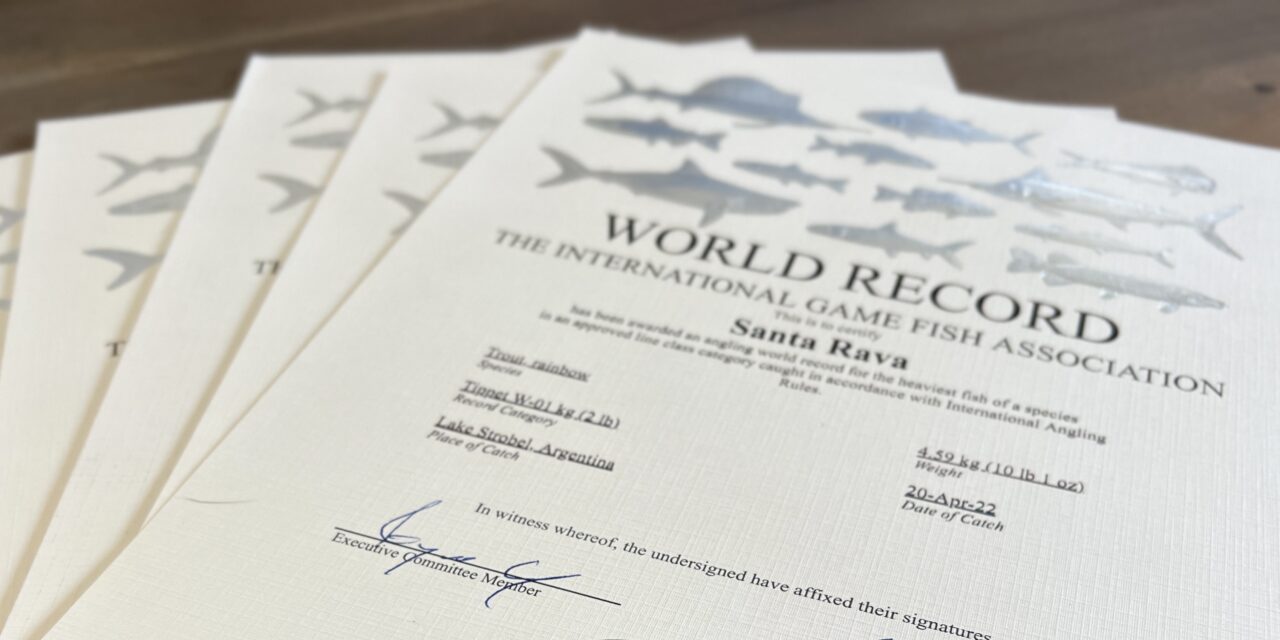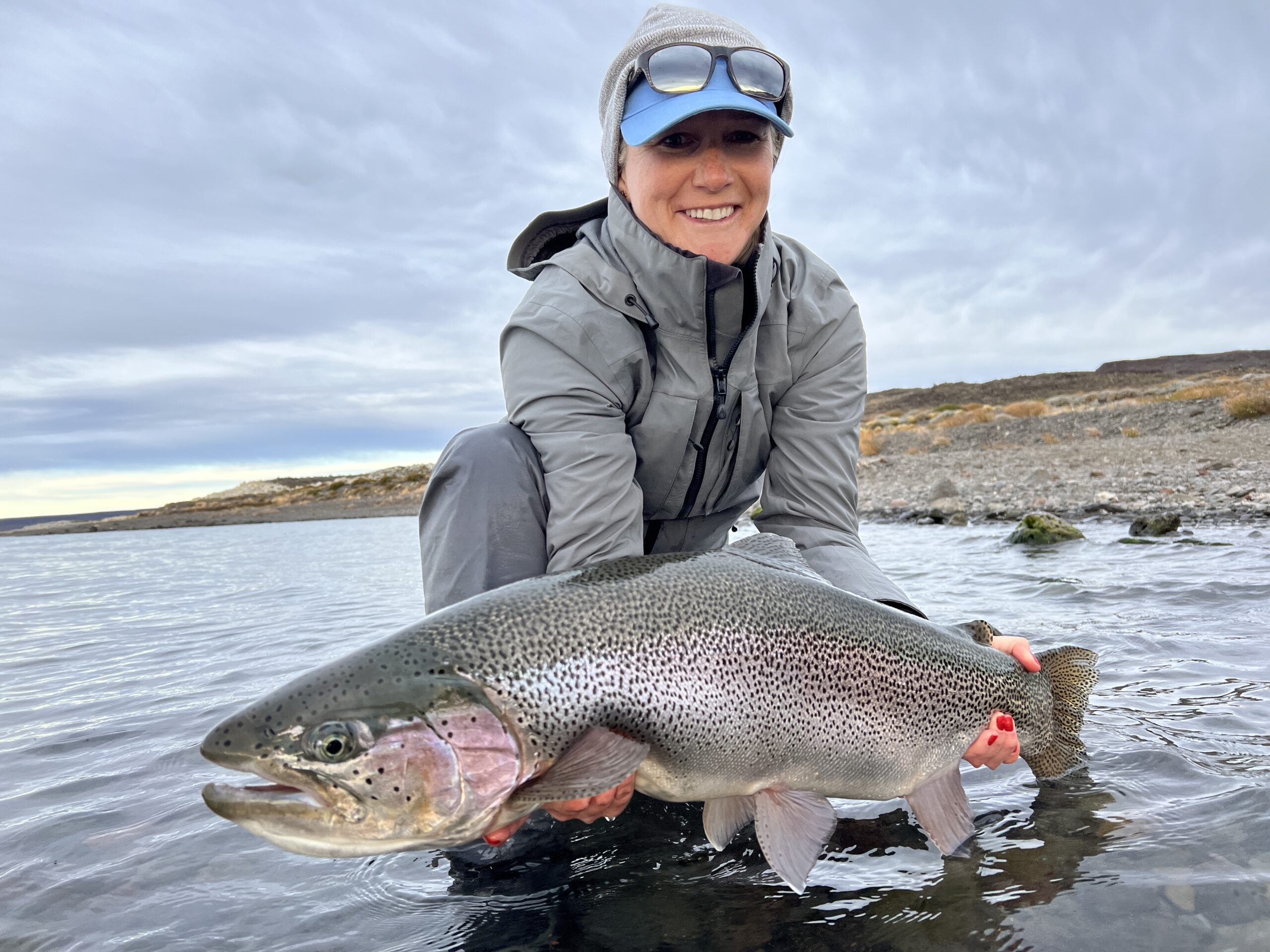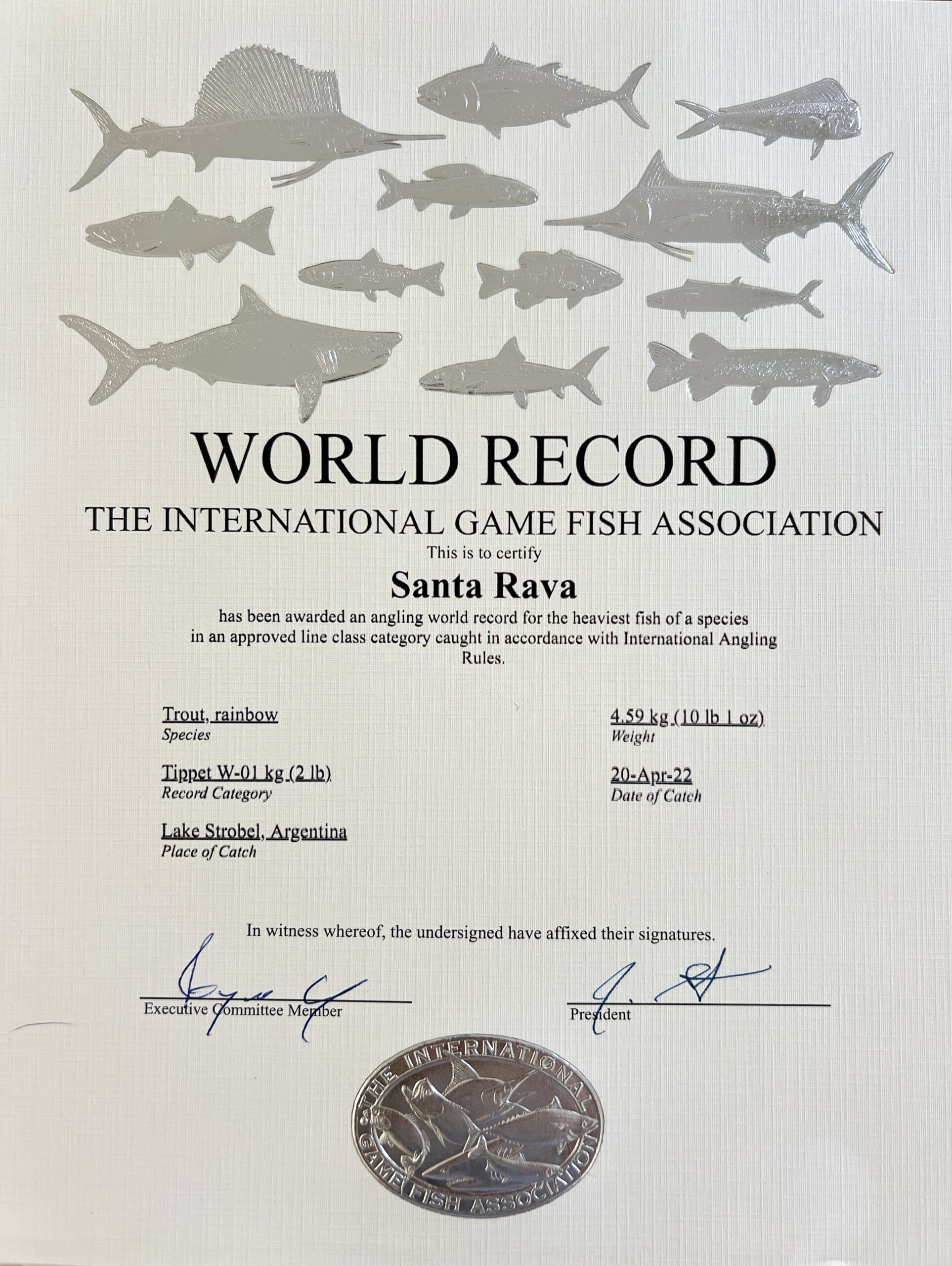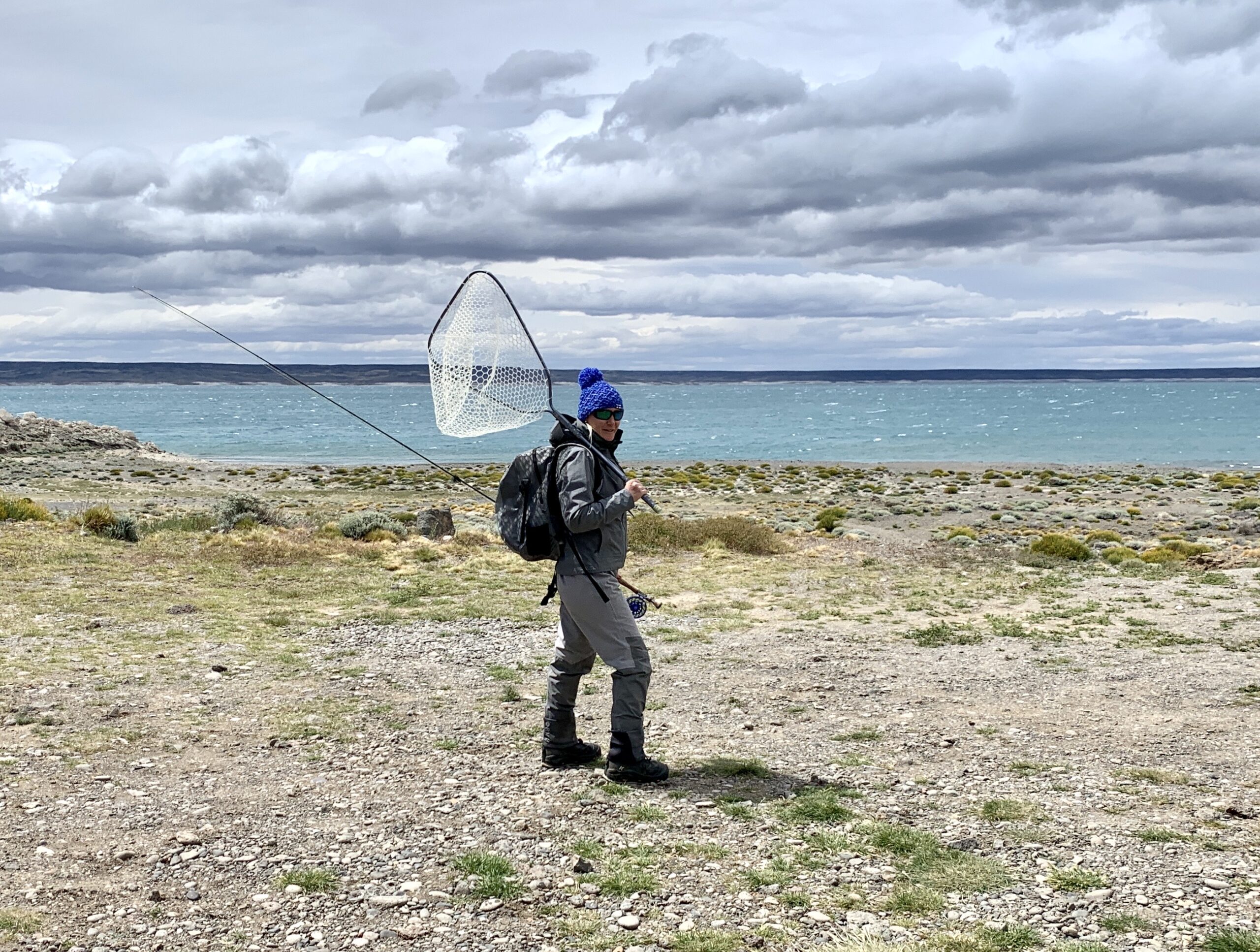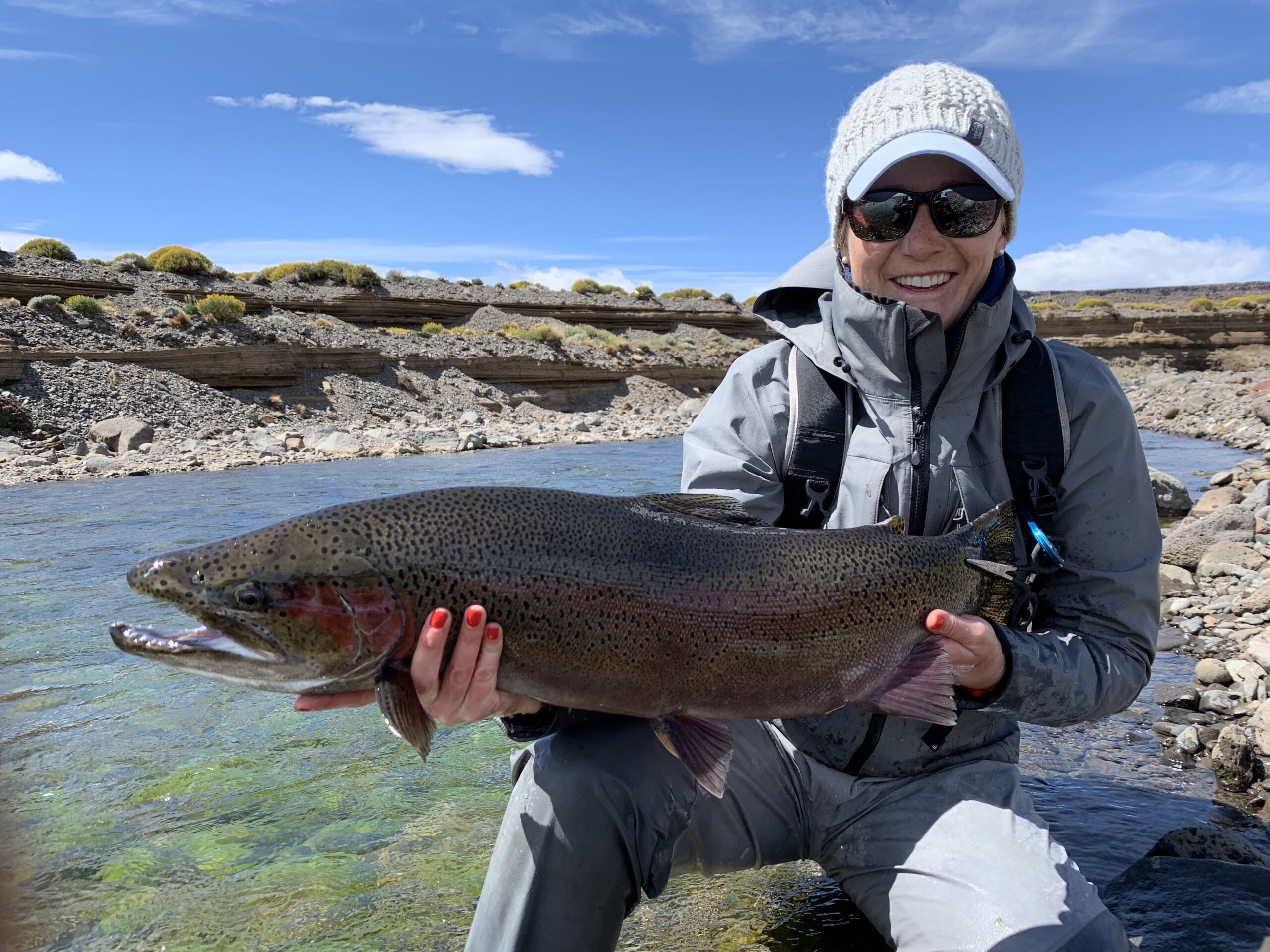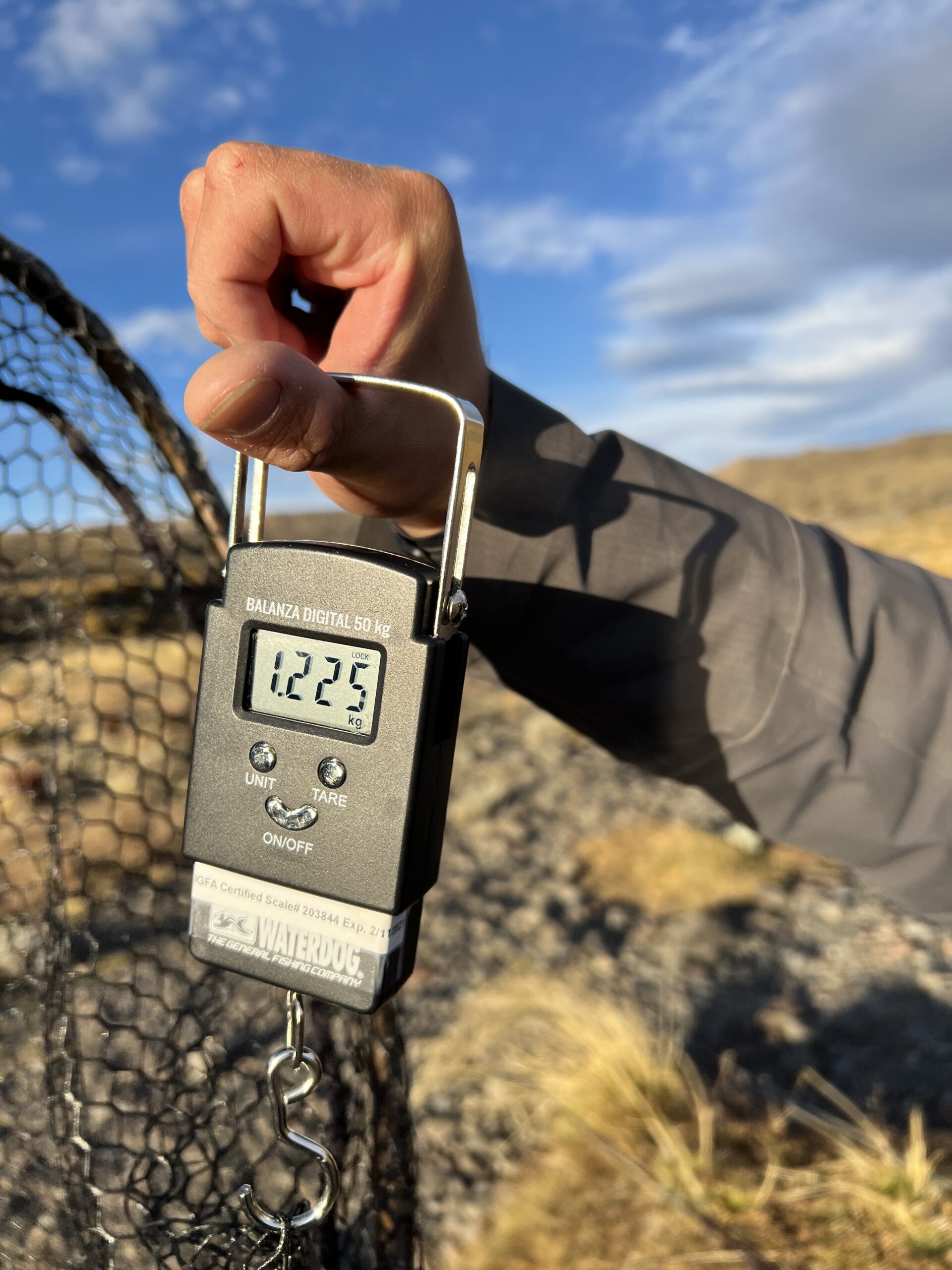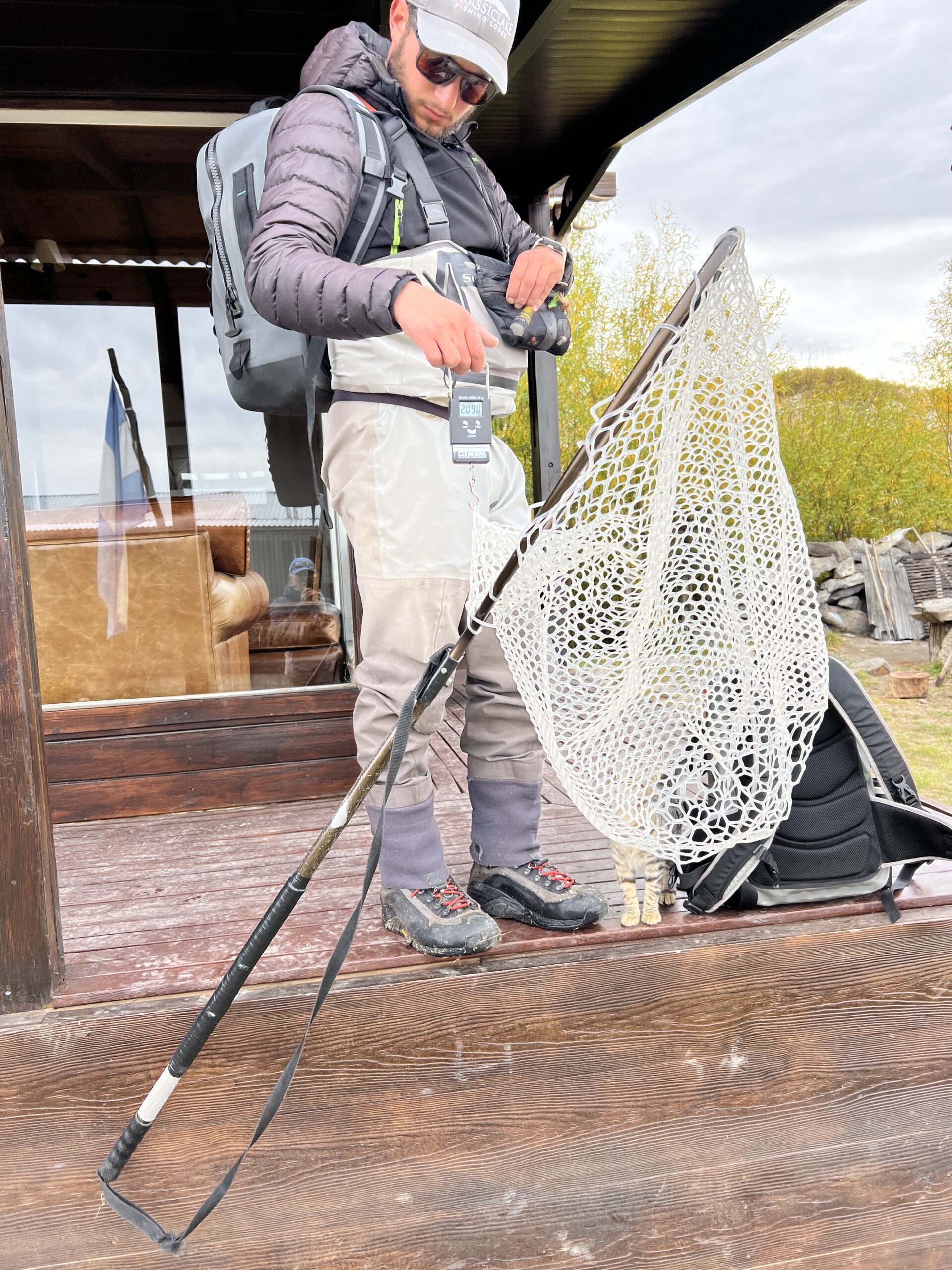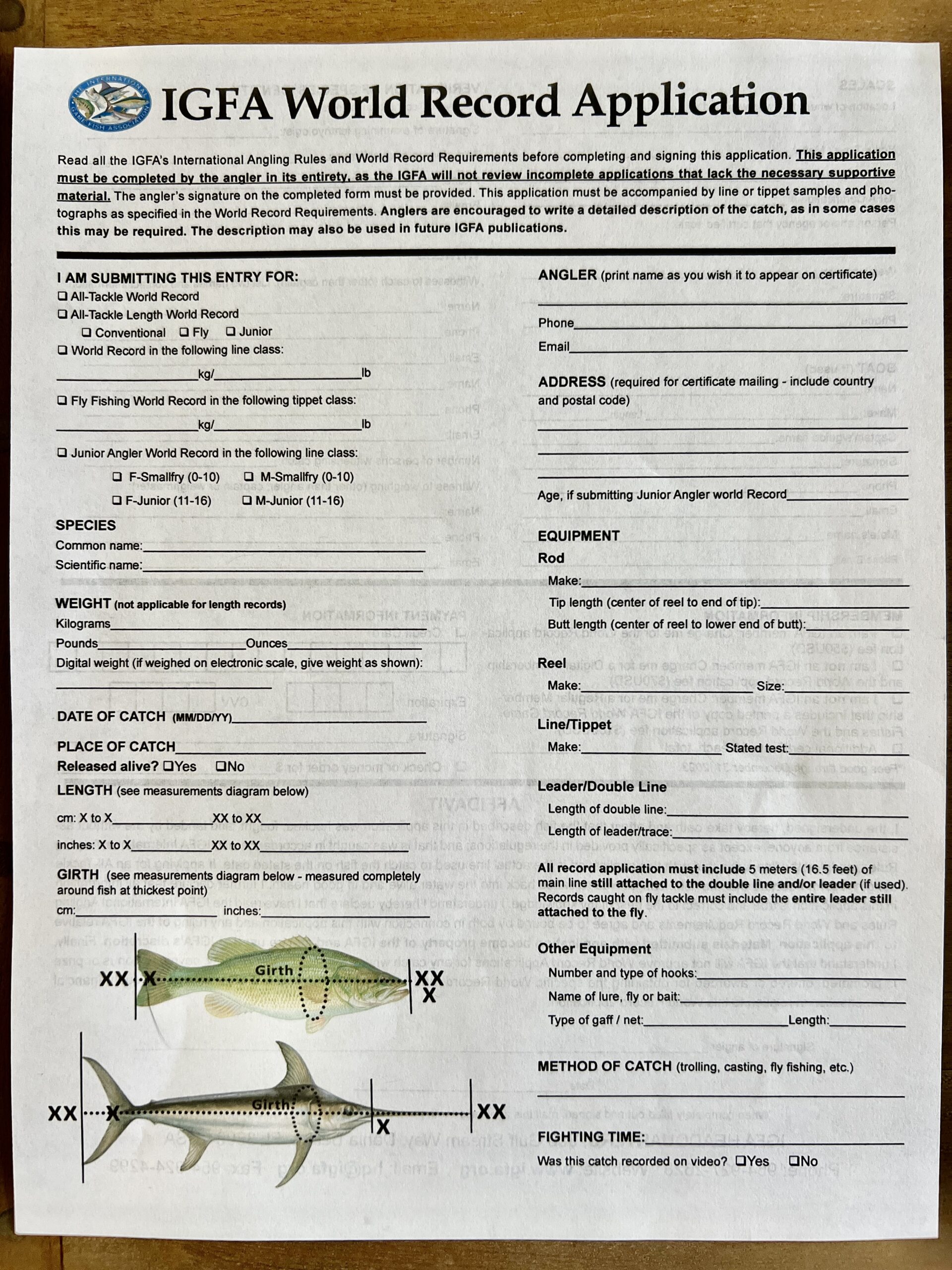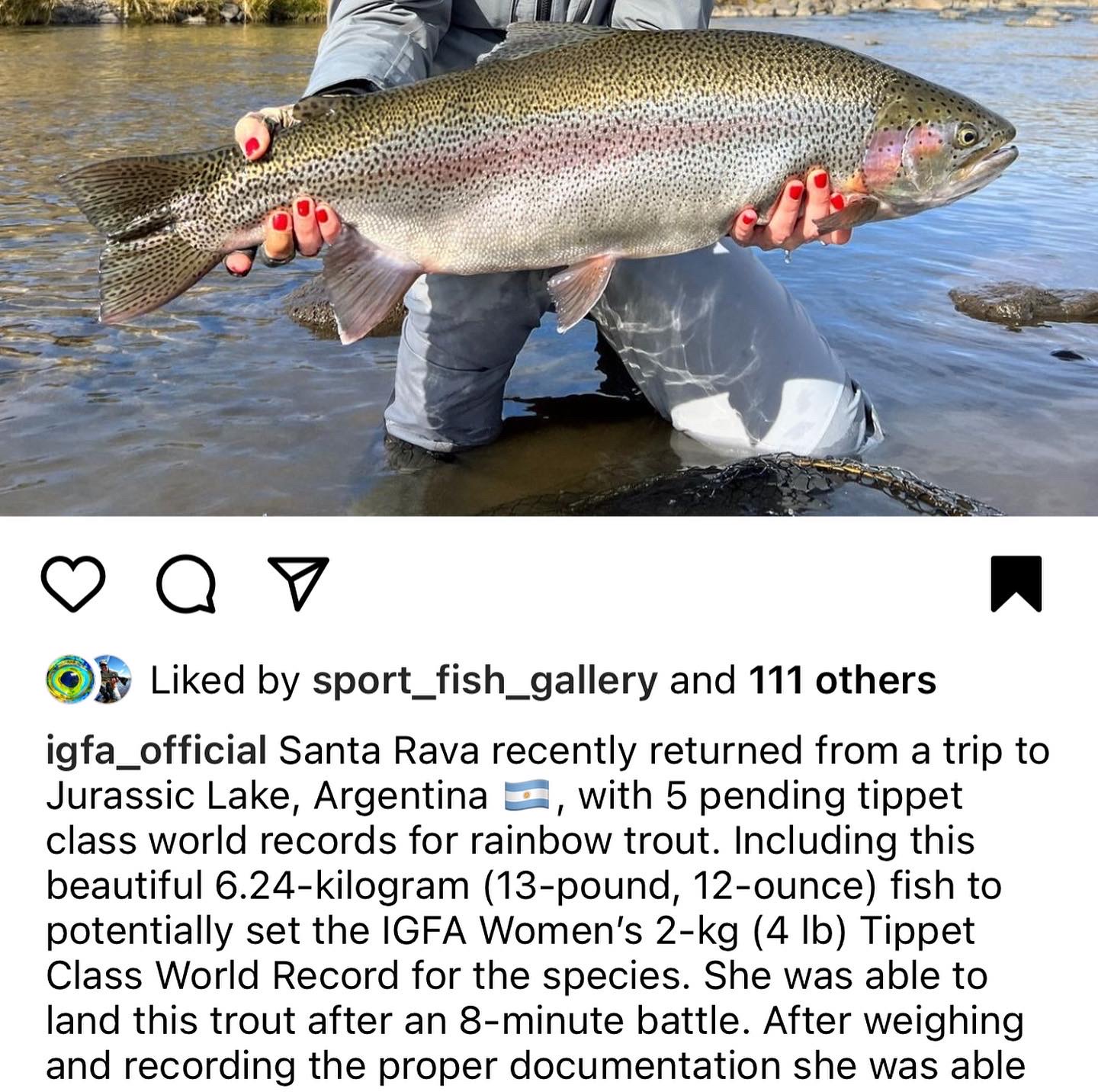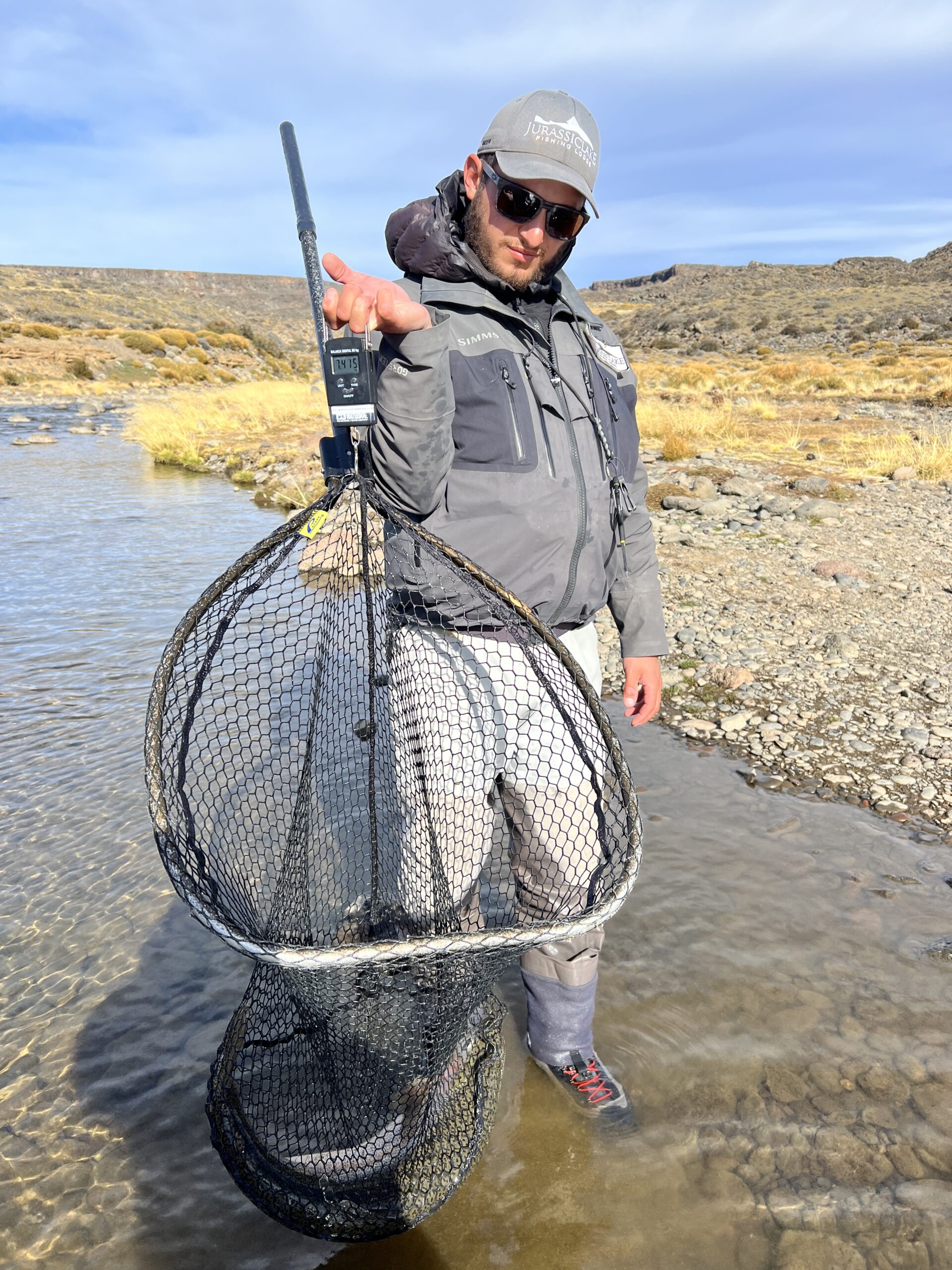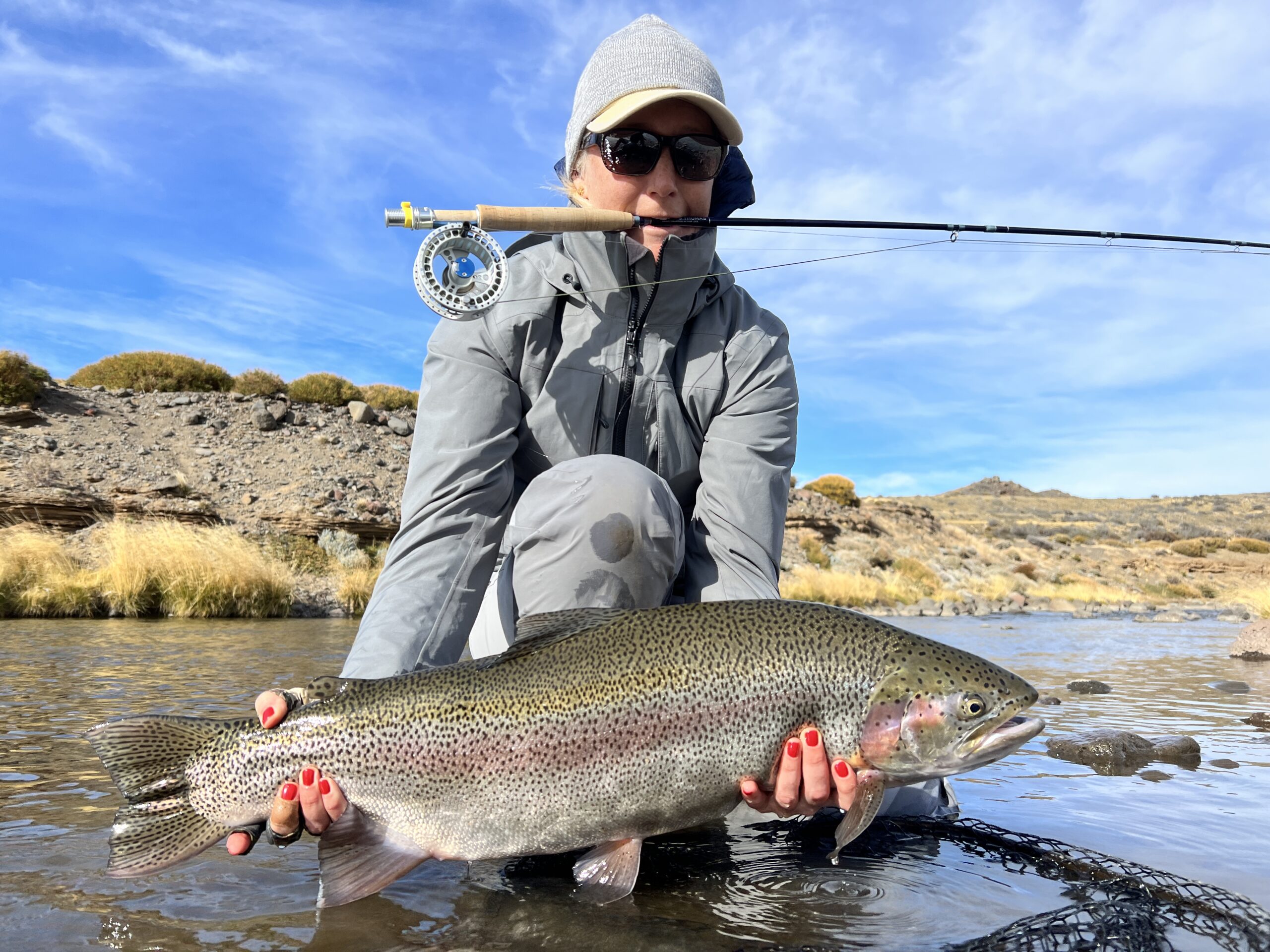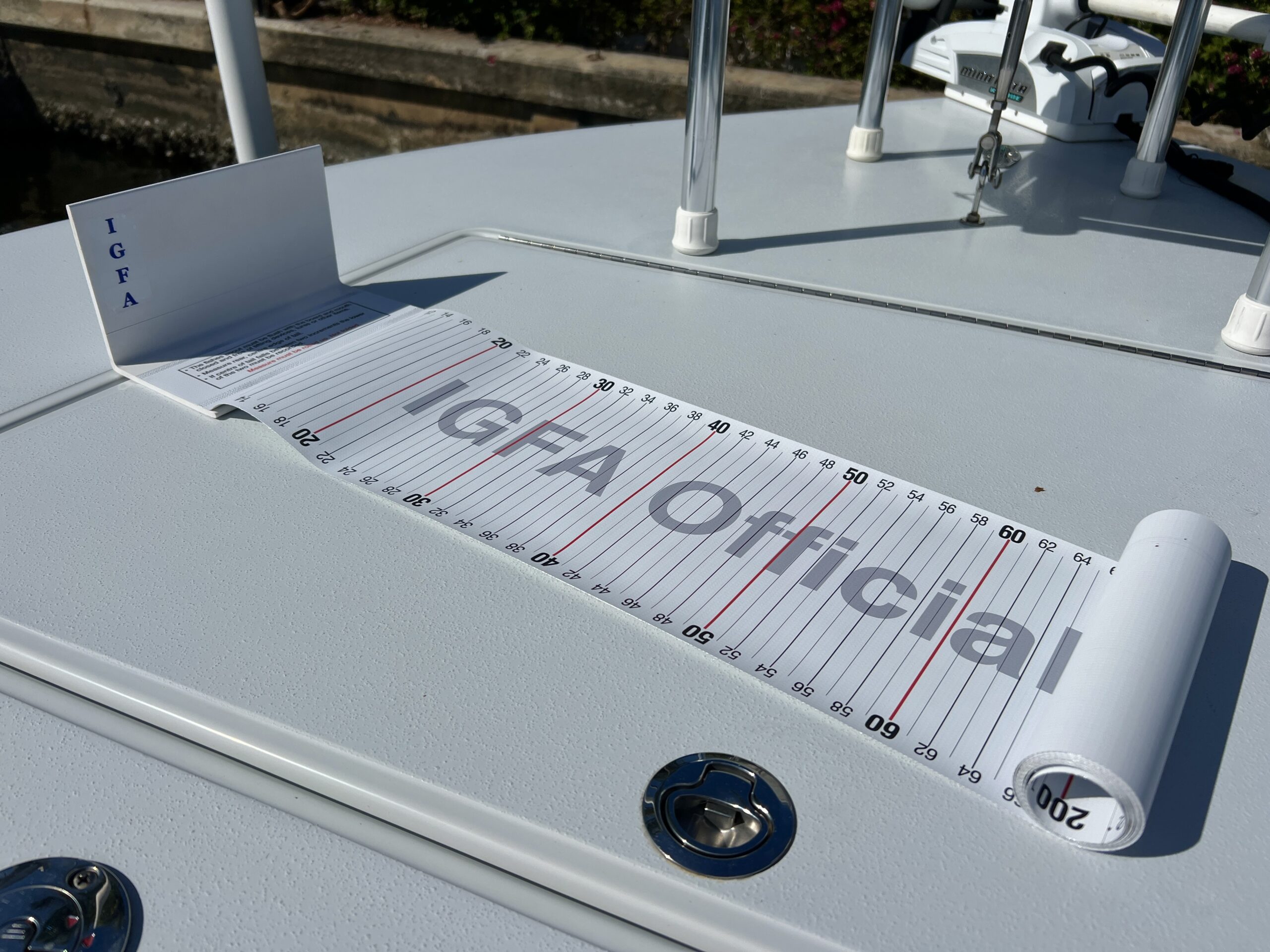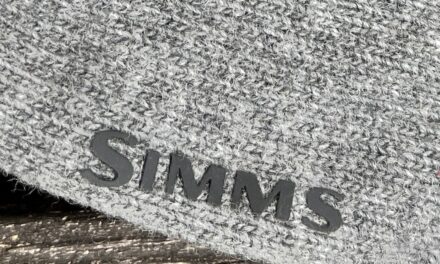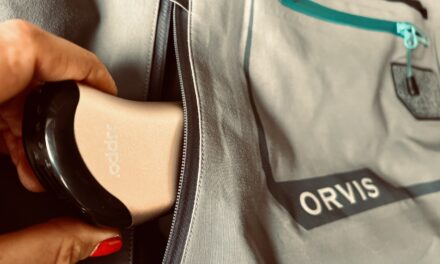I
‘ve been an avid angler for as long as I can recall, practically since I was a toddler taking my first steps into the world of fishing. Never did I imagine that one day I would hold not just one, but seven world records. The idea of a world record seemed almost mythical, something reserved for the most elite of fishermen.
But let me set the record straight: achieving a world record in fishing is not as daunting or unattainable as it may seem. It’s not just a pipe dream reserved for a select few. If you’re curious and eager to carve your name into fishing history, then let me guide you through the process.
It all began in 2019 with a seemingly innocent bet, which unexpectedly led to the creation of seven world records during two unforgettable trips to Patagonia. As a novice in this realm, I eagerly accepted the challenge without fully comprehending the magnitude of what lay ahead. Thankfully, the knowledgeable individuals at the lodge where I stayed proved invaluable, offering guidance and expertise honed from previous experiences. My wager was made with none other than Llewellyn Claven, the esteemed general manager and world class fly fishing guide of the Jurassic Lake Lodge nestled in the heart of Patagonia, Argentina.
When I entered into the bet, I found myself ill-prepared in terms of equipment. The only tippet materials available to me, gathered from fellow anglers at the lodge, were the lightest ones: #10lb and #12lb. Undeterred, I embarked on my first attempt and managed to secure records for #12lb, #16lb, and #20lb catches.
During my initial trip, I spent six and a half days dedicated to fishing. Unfortunately, it wasn’t until the last day of my stay that a scale could be brought in from a city eight hours away. This delay significantly limited my chances of landing the true giants of the waters. However, as you continue reading, the process of achieving records will become clearer, shedding light on the intricacies involved.
To secure the remaining records, I returned to the lodge with a newfound determination, armed with better organization and preparedness. The first step was clear: obtaining the necessary tools. I emphasized the importance of downloading the IGFA App or accessing their website to get more information and rules on World Records.
Contrary to common belief, attaining a fishing world record doesn’t necessarily mean you have to travel far and wide. With the IGFA App or website readily accessible, you can kickstart your quest from virtually anywhere. Just search for your desired species and delve into the array of categories available, spanning all tackle types, including conventional and fly fishing for both genders, along with junior divisions for young anglers and even length-based classifications.
While perusing the records, don’t be discouraged if you spot familiar names already holding top honors. Instead, view it as an opportunity to surpass those achievements with your own, potentially surpassing catches. Keep your sights set high and pursue your angling aspirations with determination!
In this article, I’ll be discussing world record fly tackle within the Tippet class. In 2022, I achieved approval for seven world records in Rainbow trout on the fly. These records were attained in the women’s category under the Tippet class for fly tackle, spanning from 2lb to 20lb tippet line. Let’s delve into what you’ll need to embark on your own record-setting journey.
List of things you will need to get ready to tackle the challenge:
- Download rules from IGFA
- IGFA membership
- Certified IGFA Scale
- Standard measuring tape
- Net or boga grip
- IGFA tippet material
- IGFA Record application printed
- Witness
- Good reliable photo camera
- Fly rod, Fly reel, Fly line, Leader material
IGFA rules for the tippet class world record Fly class tackle:
Take the time to acquaint yourself with the rules governing each fishing method to ensure that you meet all the necessary qualifications for your record application to be approved. Specifically for fly tackle, it’s essential to understand the specific rules to avoid disqualifications, including leader specifications for the class tippet. Online rules also detail potential disqualifying factors.
In the case of a class tippet fly tackle record, ensure that your tippet material measures longer than 15 inches between knots, as anything less will result in disqualification. Additionally, for the bite tippet, it must not exceed 12 inches in length.
For further details on the rules, please refer to the link to the rules on the IGFA website. It’s imperative to adhere closely to these guidelines to ensure your record attempt is successful.
IGFA Membership:
Becoming a member is a straightforward process; simply complete the application and submit the membership fee, which typically ranges from $20 to $50 per year. Opting for the $50 membership offers several benefits, including discounts on various fees associated with IGFA record applications. Membership also includes an annual world record game fishes book, access to the online world record database, a monthly subscription to the International Angler digital publication, as well as discounts on applications, tackle, trips, charters, and more from selected IGFA partners.
Certifying IGFA Scale:
Obtaining certification for your scale through the IGFA involves a $40 fee, valid for one year for IGFA members. You have the option to either bring your scale to the office in Miami for weighing or to mail it in, with turnaround times varying. It’s advisable to complete this process well in advance of your upcoming fishing trip. While it’s possible to obtain certification after your trip, there’s a risk of disqualification if any issues arise, resulting in wasted funds. Therefore, it’s recommended to ensure your scale is certified before attempting to set a record. Certification can also be obtained from a local reputable scale certifying business, with a copy of the certificate attached to the application if done outside the IGFA office.
Measuring Tape:
Measuring tape is fairly straightforward, as they typically come standard with centimeters on one side and inches on the other. I use one from Bass Pro Shop, which is accepted by IGFA. When filling out the application, you have the option to list the length in centimeters or inches, but measurements are generally more accurate in centimeters. According to IGFA rules and regulations, you’ll be measuring and recording the length and girth of the fish.
For those aiming for a length record, acquiring the necessary tools is essential. You’ll need to invest in a $50 IGFA official measuring device, available for purchase on the IGFA website.
Net or Boga Grip:
When it comes to handling fish, particularly saltwater species, I prefer using a boga grip for weighing. However, for the purposes of my world record attempts, we utilized large nets provided by the lodge. It’s crucial to consistently use the same net for all your catches and meticulously document its details in your application, including the brand or manufacturers name, specifications such as length and size, and even photographing it alongside a measuring tape for clarity. The more comprehensive your documentation, the smoother and quicker your application process with IGFA.
To ensure accuracy, IGFA maintains a list of approved nets, cross-referencing the recorded weight to verify its correctness. Before embarking on your record-setting endeavor, it’s imperative to thoroughly document everything mentioned above, including photographing the net with its weight and ensuring the same meticulous approach for the boga grip.
IGFA approved tippet material:
When it comes to fishing lines or tippet material, reliability is key, especially ensuring that the line will break little below its listed weight on the spool. In my experience, I’ve found Andes IGFA tippet material to be exceptionally consistent and dependable, which is why I often opt for this brand for my world record attempts. The majority of my records have been achieved using lines from this brand, and the fact that many tournaments also utilize their lines speaks volumes about their quality.
Additionally, Cortland or Patypus are another companies known for producing IGFA tournament lines, although I haven’t personally experimented with other brands. I prioritize consistency and the assurance that my chosen line will be approved for record attempts. However, if you’re uncertain about a different manufacturer’s line and wish to test it for peace of mind, you have the option to send it in to the IGFA office for testing, albeit for a small fee of $40 per sample.
To submit a record, it’s essential to have the right tippet material matching the specific class you’re targeting. Tippet materials come in a range of strengths: 2lb, 4lb, 6lb, 8lb, 12lb, 16lb, and 20lb. For example, if you’re aiming for a trout record in the 12lb tippet class, you can utilize a 12lb line from Andes, ensuring it falls below that breaking point.
IGFA World record Application:
You have the option to download the application from the website (a link is provided) and either print it out or fill it out online before submission. While some prefer the convenience of digital submission, I personally adhere to traditional methods, opting to print the application and deliver it in person to the IGFA office in South Florida.
For members, the application fee is $50 per submission. For non members it will run you $75 per application. Samples of how to fill out the application can be found online, making the process straightforward. I recommend printing out the application and thoroughly reviewing all sections to familiarize yourself with the required documentation.
Witness:
Recently, there have been some changes to the rules regarding witnesses for record submissions. It’s no longer necessary to have a witness if you thoroughly document everything with videos and photos; however, I still recommend having a witness present. Having a witness simplifies the documentation process and can be especially helpful when dealing with large catches. In instances where a witness isn’t available, video documentation serves as the best alternative for recording your achievements.
Good camera:
To safeguard the legacy of your accomplishments, having concrete evidence is crucial, and your camera plays a pivotal role as your primary tool. Whether you’re using a GoPro, iPhone, or digital camera, make sure you have ample memory space and that it’s fully charged before embarking on your journey. You have the option to submit your digital application along with the videos and photos online. Alternatively, you can follow my preference and organize everything into folders on a flash memory card for submission. Remember, capturing clear, high-quality photos is paramount. Avoid submitting blurry or unclear images.
Rod, Reel, fly line, leader material:
When submitting your application, it’s vital to provide detailed information about your equipment. This includes specifics such as the rod manufacturer, weight, length, and any additional measurements necessary for documentation. I strongly advise carefully reviewing the application to ensure you include all required details. It’s also a good idea to take detailed photos of your rod, reel, and fly line.
Ultimately, the only items you’ll need to submit along with your application are the entire leader material, including the class tippet section and the fly used to catch the fish, as well as the accompanying photos. Remember not to cut the fly off when removing the leader from the fly line. This ensures that everything remains intact for submission.
Once you’ve equipped yourself with all the necessary tools and information, you’re ready to test your luck!
Begin by selecting the species you’re targeting, ensuring it’s not a stocked fish from the Rod Fee stream, as discussed earlier. Then, print out your application. Determine which tippet class record you’ll be attempting, tie up the leader according to IGFA rules, and head down to the river.
All of my record-breaking moments have unfolded amidst the stunning landscapes of Patagonia, Argentina. Having visited the lodge on two prior occasions in pursuit of IGFA records, my return trip was marked by a determined resolve to rewrite history. However, it’s worth noting that you need not journey as far as I did to land record-sized trout; sometimes, they’re right in your own backyard. Allow me to walk you through the meticulous process involved in achieving one of my record catches.
At the Jurassic Lodge, I had a designated net reserved for my record-chasing pursuits. Before venturing to the lake or river, I meticulously photographed the net from various angles, capturing full-length shots, weighing the net, and placing a measuring tape nearby for reference. After recording the net’s size, measurements, and weight, I made note of its weight to aid in calculating the fish’s weight later.
With the net documented, I walked down to the river and I cast my line into the river, hopeful of hooking my next world record. Upon hooking a trout, it’s crucial to note the duration of the fight. Once the leader material passes the first guide on your rod and the fish is within a few feet, your guide can assist in netting it. However, they must refrain from aiding in catching the fish in any way or touching any part of your rod, reel, or fly line until the fish is securely in the net.
After netting the fish, weigh it and capture close-up photos, as well as a whole picture of the net with the fish. Subtract the fishing net’s weight from the gross weight to accurately determine the fish’s weight. Next, measure the fish’s length from tail to nose and document it with clear photos following the IGFA diagram.
For a class tippet world record, the fish’s weight needs to be half of the tippet weight. Therefore, even a slightly over 6lb fish qualifies for the 12lb class tippet record. To surpass existing records, just a 2 oz increase in fish size is necessary.
Finally, completing the application and mailing all required documentation, along with the leader material, sealed the deal. With these steps diligently followed, success was within reach. Best of luck on your own record-breaking journey!

